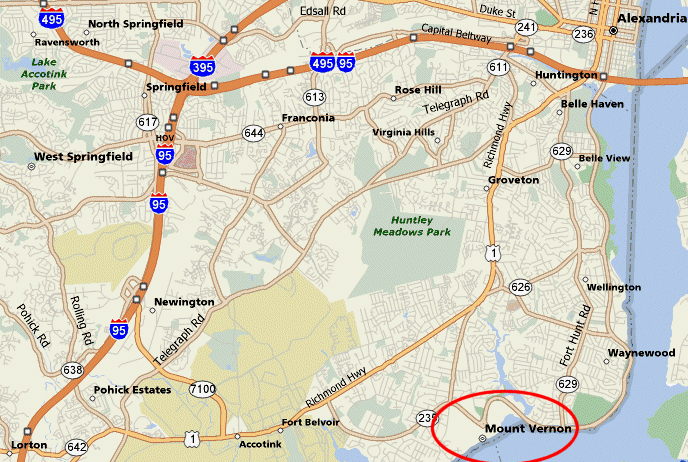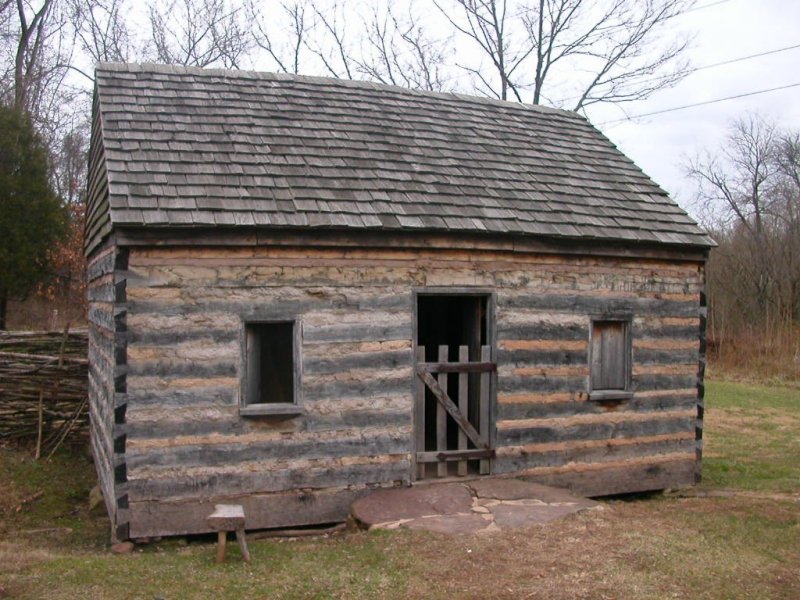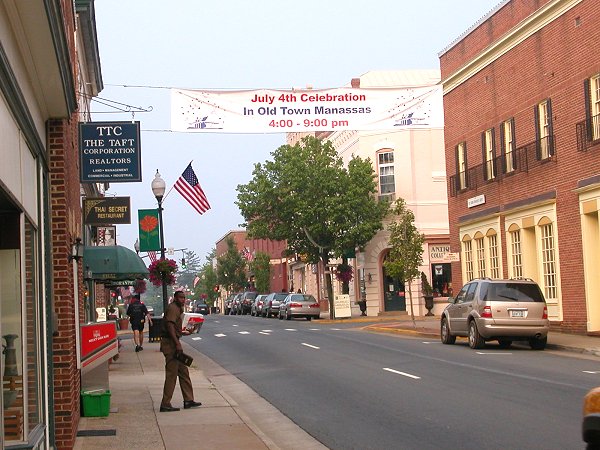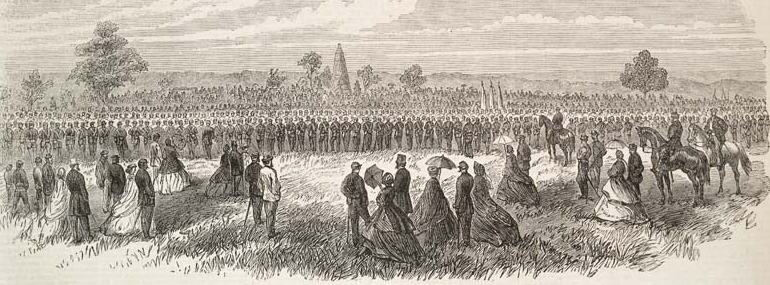Who Saves History?
If you think only government agencies such as the National Park Service protect historic sites, you're thinking too narrowly.
Northern Virginia played a special role in the development of the historic preservation movement, and it starts with a private organization. In the 1850's, when a rigidly-structured society limited the roles of women and excluded them from leadership opportunities in business, one woman created a private society that protected Mount Vernon - George Washington's home.
The focus of the Mount Vernon Ladies Association has broadened dramatically in the last 25 years, after realizing the holiday in February has been renamed "President's Day" rather than "George Washington's Birthday." To make Washington less of a cold distant figure who never smiled for a picture, and to appeal to a more-diverse American society, the association has completed a major revision to Mount Vernon.
You can now discover the slave, farming, and industrial heritage of Mount Vernon at the property and on the website, in addition to the life of the first president of the United States. The burial ground of the slaves has been marked, and recently the gardener's house was restored. Reconstructing the distillery (Washington was a major producer of booze in North America, at the end of his life) certainly added a new dimension to most people's perception of the man...
 notice how Mount Vernon is located next to river, with its own wharf for direct shipping to Europe
notice how Mount Vernon is located next to river, with its own wharf for direct shipping to Europe
(but George Washington encouraged development of Alexandria, even getting it included in new District of Columbia
with expectation that center of government would develop into center of manufacturing, especially with a canal to the west)
Read:
Washington's boyhood home at Ferry Farm, just north of Fredericksburg, is also conserved by a non-government organization, George Washington's Fredericksburg Foundation. When Wal*Mart planned to develop property adjacent to the historic property, local protests blocked the action. Acquisition of the property was facilitated through government grants, but a non-government organization took on the workload of managing the site and raising funds for a professional archeology program that is now underway.
Read:
Local historical societies vary in their capacity to acquire property and manage museums, but in Northern Virginia almost every city/county has an active historical group. Some government agencies may oppose a plan of another unit of government to develop historic sites, but only non-government organizations have the option of opposing official decisions by local government agencies. Read:
 slave cabin moved from Wheeler Farm to Sulley Historic Site
slave cabin moved from Wheeler Farm to Sulley Historic Site
(we are saving more than just mansion houses now)
Local governments have been essential players in determining what history to conserve. Decisions on zoning and development usually result in the transformation of property from "old" to "new" uses, but sometimes land use decisions require developers to donate parcels. Alexandria has been the most active in preserving archeologic resources, resulting in significant understanding in depth about how a wide range of city residents lived in the past. In Manassas, the city provided the land for the Manassas Museum.
In Prince William County, a major acquisition program funded by a successful lawsuit has resulted in acquisition of multiple historic buildings. The lawsuit? The "legislative taking" by the US Congress of the Williams Center property at Manassas Battlefield. The developers (who got loose zoning approved by the county, then switched plans to create a corporate headquarters and proposed a shopping mall instead) had proffered property to the county. The proffers were mostly narrow strips of land, intended for roads. The county got a Federal court to value the narrow strips at a high value, and used the multi-million dollar settlement to initiate a program to acquire historic properties.
in Prince William, the Heritage Preservation Division in the Public Works Department was given control of county-owned historical sites. Using the lawsuit money, the county acquired several old homes and has restored former courthouses at Brentsville and Manassas. (The three earlier courthouses are no longer standing.) However, the shift in internal-to-county-government responsibility infuriated the board of the county's Park Authority, and hard feelings still affect how county-owned properties are managed. (In Fairfax, the county Park Authority manages historic sites, and there is less internal conflict.)
The key regional government agency protecting historic sites is the Northern Virginia Regional Park Authority. When Alexandria joined NVRPA, the city contributed the Carlyle House, where in 1755 General Braddock planned his unsuccessful attack on the French forces occupying what is now Pittsburgh. The Federal government has also been a key player in conserving sites in Northern Virginia, such as Matildaville and Manassas National Battlefield Park.
Read about government-based preservation of historic sites and artifacts:
 downtown Manassas
downtown Manassas
Preserving History
Northern Virginia
Virginia Places



